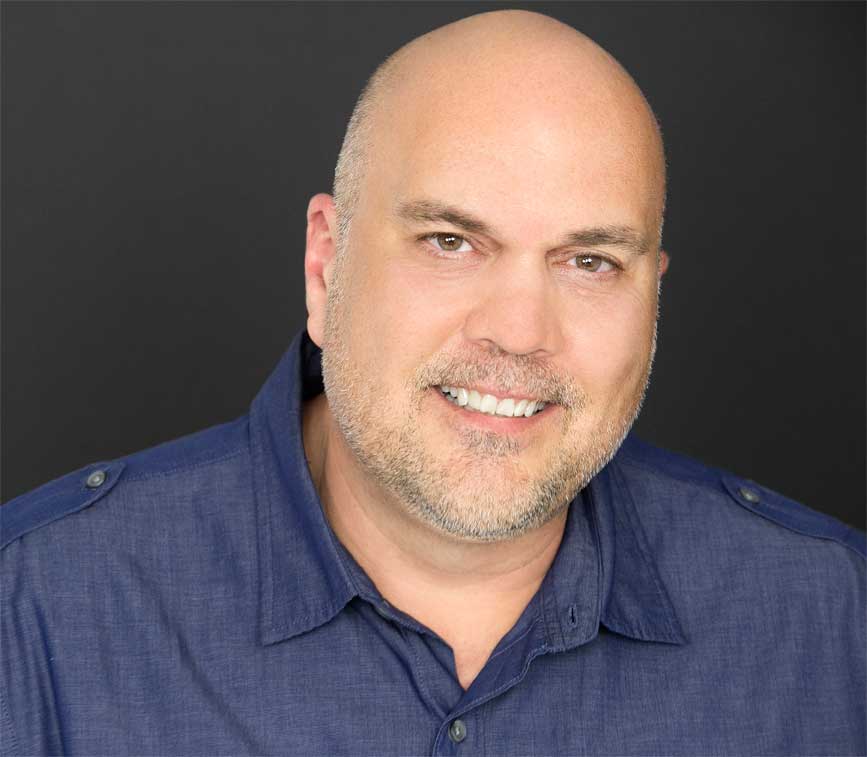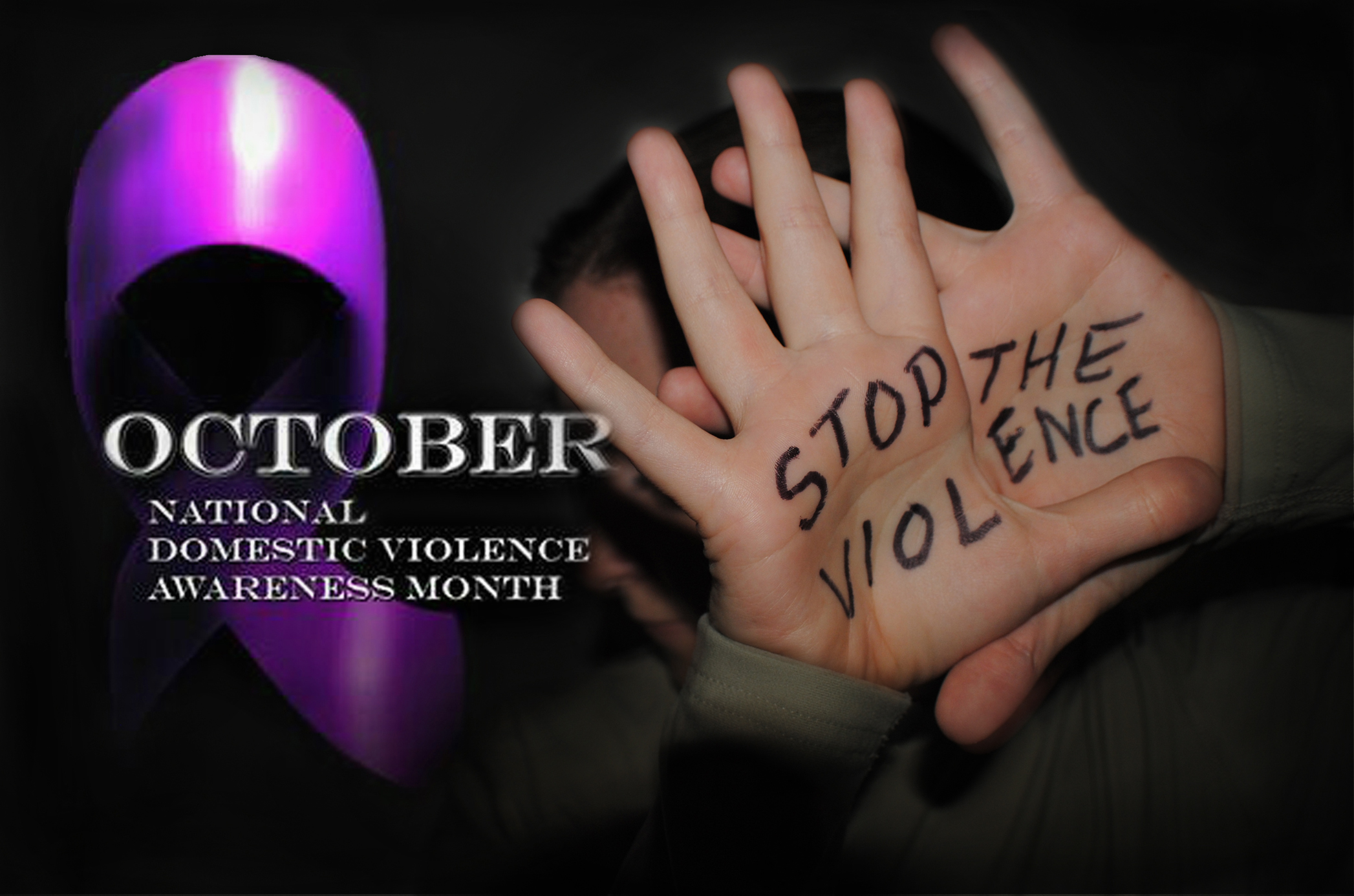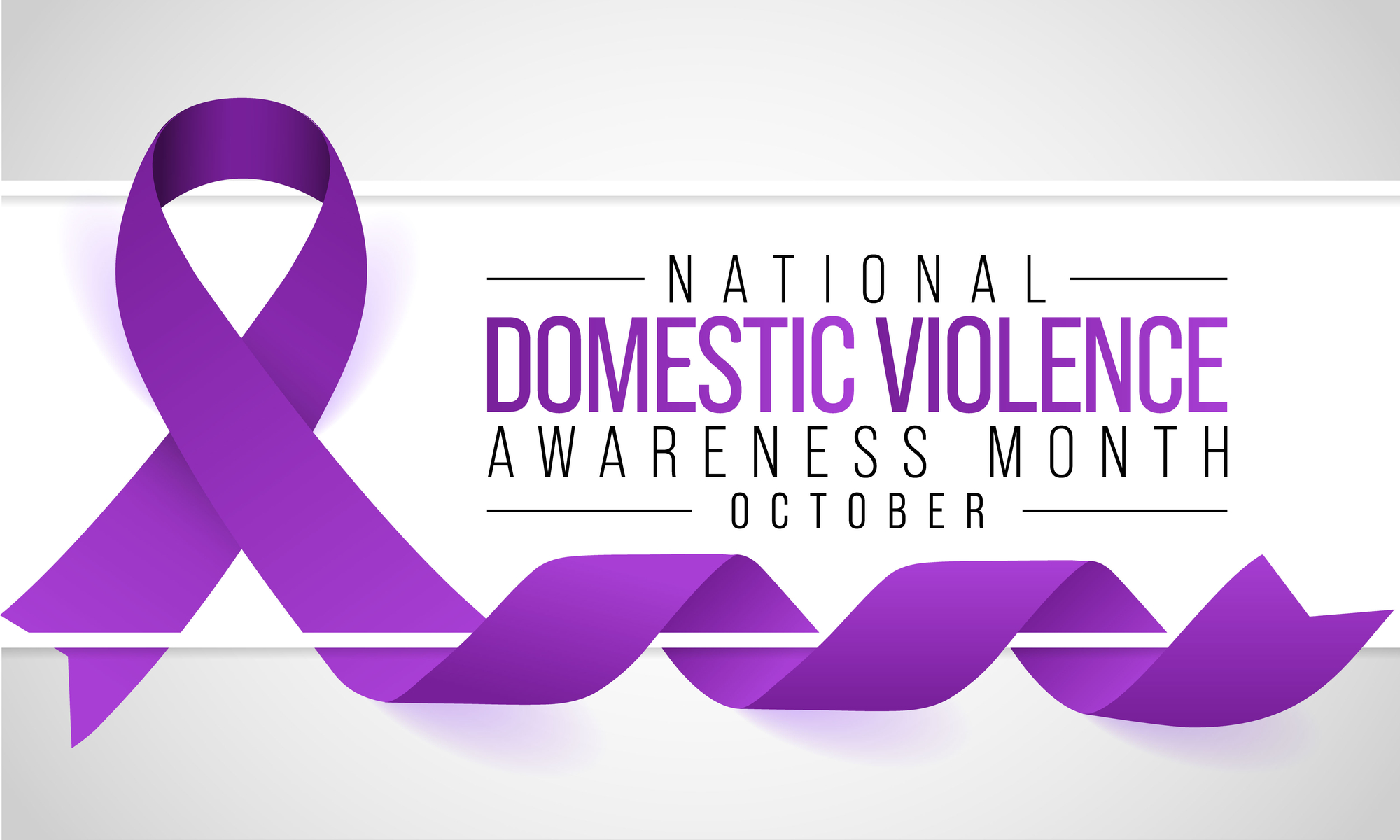So finally, you’ve managed to make your “Great Escape” from your abuser. (Great Escape is the term I’ve coined for my LGBTQ Intimate Partner Violence and Abuse workshops and seminars.) And after he/she fully absorbs that you’ve indeed found or reclaimed your backbone and guts, the counteroffensive begins in earnest with “plastic” pleas that include, “I really didn’t mean it,” “I was just so stressed out,” and/or “I promise it will not happen again ‘cause I love you to death!” (“Love you to death?” Trust and believe: that’s something you really don’t want.)
You see, he/she is trying to reel you back in, to slither right back into your life. And if you let that happen—at the very least without him/her taking full responsibility for their actions and getting individual counseling–it can be disastrous to you emotionally, mentally, and physically. And potentially life-threatening.
Before I detail how the abuser stages a return to win you back, let’s understand exactly what Intimate Partner Violence and Abuse, or IPV/A, is–and it’s cycle of abuse. Simply put, this horrendous conduct is referred to as domestic violence and abuse within the LGBTQ community. According to the National Coalition of Domestic Violence, it is the “pattern of behavior used to establish power and control through fear and intimidation, often including the threat or use of violence, when one person believes that they are entitled to control another.” The National Coalition of Anti-Violence Programs defines it as “a pattern of behaviors utilized by one partner (the abuser or batterer) to exert and maintain control over another person (the survivor or victim) where there exists an intimate, loving and dependent relationship.”
Statistics show that this form of abuse occurs with similar frequency as in heterosexual relationships. Additionally, new research suggests that a greater percentage of LGBTQ individuals are living in fear of an abusive partner than previously thought. And each year, between 50,000-100,000 lesbians (or more) and as many as 500,000 (or more) gay men are battered, and about one in four LGBTQ relationships/partnerships are abusive in some way.
According to psychologists and authors Jeanne Segal and Melinda Smith, “Domestic violence and abuse are used for one purpose and one purpose only: to gain and maintain total control over you. An abuser doesn’t ‘play fair.’ Abusers use fear, guilt, shame, and intimidation to wear you down and keep you under his or her ‘thumb.’ Your abuser may also threaten you, hurt you, or hurt those around you.”
The Network/La Red, whom I’ve interviewed for the Huffington Post Queer Voices, weighs in. Located in Boston, it is a survivor-led, social justice organization that works to end partner abuse in the LGBTQ community. “Abuse is not about violence; it’s about control,” according to the organization. “You can be just as controlling of someone if you are small—as if you’re large. It’s about using violence or any other means of gaining and maintaining control.”

Segal and Smith add, “The bottom line is that abusive behavior is never acceptable, whether it’s coming from a man, a woman, a teenager, or an older adult. You deserve to feel valued, respected, and safe.”
So, what is the complete cycle of IPV/A? According to the psychologists, this behavior falls into a common pattern, which begins with abuse and ends with the set-up:
- Abuse. Your abusive partner lashes out with aggressive, belittling, or violent behavior. The abuse is a power play intended to “keep you in line, and show you who’s boss.”
- Guilt. After abusing you, your partner feels guilt—but not over what he/she’s done. The abuser is more concerned about the possibility of being caught and facing consequences for the abusive behavior.
- Excuses. Your abuser rationalizes what he/she has done, devising a string of excuses or blaming you for the abusive behavior—anything to avoid taking responsibility.
- “Normal” Behavior. The abuser does everything to regain control and keep the victim in the relationship. Your abuser may act as if nothing has occurred, or he/she may pour on the charm. The abuser’s apologies and loving overtures in between the episodes of abuse can make it difficult for you to leave. Your abuser may make you believe that you are the only person who can help, that things will be different, and that he/she truly loves you. However, the dangers of staying are very real.
- Fantasy and Planning. Your abuser starts to fantasize about abusing you again, spending a lot of time thinking about what you’ve done wrong and how he/she’ll make you pay. Next, the abuser devises a plan for turning the fantasy of abuse into reality. (Here’s Part A of an example: he/she tells you to go to the store, but doesn’t tell you that you have a certain amount of time to return. When you’re a few minutes late because you were held up in traffic, for example, your abuser assaults you.)
- Set-Up. Your abuser sets you up and puts his/her plan into motion, creating a situation where he/she can justify abusing you. (Part B of the preceding example: when you’re a few minutes late, your partner feels totally justified in attacking you because, according to him/her, “you’re having an affair with the store clerk or manager.”)
Now, onto how the abuser attempts to slither, worm his/her way back into your life after you’ve made your glorious Great Escape. The LaSalle Parish, Louisiana sheriff’s office lists these classic “Take Me Back Tactics:”
- The Honeymoon Syndrome. Also referred to as “Hearts and Flowers,” this is any bribe to get you to return—and the sooner the better. “The abuser will turn on the charm and promise to change. He/she will promise to get therapy, promise not to hurt you again, and tell you how wonderful you are, saying things like, ‘I know I don’t deserve you, but if you’ll take me back’…”
- The Revival Syndrome. “’I have been going to church since you left. I have accepted religion into my life’.” But, has the violence ended? Well, don’t be duped and taken in. “Just because he/she says he goes to church does not mean that the abuse and violence can’t be right around the corner. Many ‘God-fearing’ people abuse, rape, beat and murder their partners!”
- The Sobriety Syndrome. It’s a fact that abusers have a higher incidence of substance dependence. Even when they deny it, abusers are aware that they have a problem or aware that YOU believe they have a problem. “When faced with losing their partners, they suddenly ‘see the light’ and swear they will never touch it again. You want to hear it and believe it and you will support his effort. You should! Encourage him/her to see a doctor, join a support group and seek therapy. Don’t fall for the promise unless and until you see him/her actively participating in sobriety with OUTSIDE HELP. Counseling can also address problems and issues to help the abuser substitute healthier behaviors for destructive coping mechanisms.”
- Counseling Syndrome. Abusers utilize this tactic to (1) get you to stay, and (2) maintain control and intimidation. “Abusers cannot just stop their behaviors without assistance to overcome issues and replace destructive behaviors with healthy ones. Appropriate counseling cannot be done WITH the victim present. The victim is not free to say what they think without fear of repercussion. Batters must take full responsibility for their actions, must understand and admit that THEY have the problem and must be dedicated to make positive long-term changes. Couples counseling can come later, when the abuser begins to show positive changes in behavior.”
If you or someone you know is experiencing IPV/A, call: the National Domestic Violence Hotline (1-800-799-7233), Gay Men’s Domestic Violence Project Hotline (1-800-832-1901), or The Network/La Red’s Hotline (1-617-742-4911).
And always remember: It ain’t (just) the way that he/she loves you.





Leave A Comment